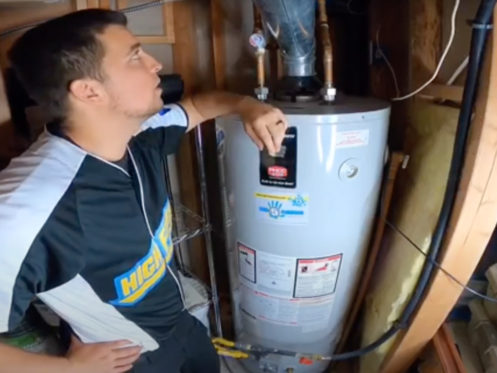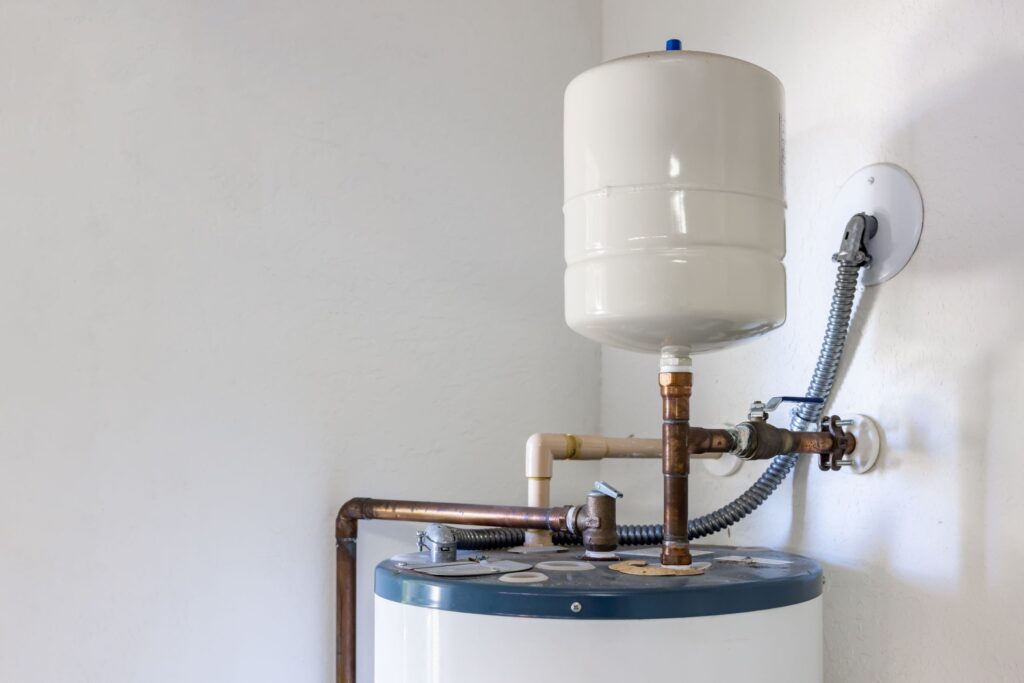Best Practices for Maintaining Your Home's Hot Water System
Best Practices for Maintaining Your Home's Hot Water System
Blog Article
What are your thoughts on How to Maintain Your Water Heater & Prolong its Life?

Hot water is important for daily convenience, whether it's for a rejuvenating shower or washing dishes. To guarantee your warm water system runs effectively and lasts longer, normal maintenance is key. This write-up supplies practical suggestions and insights on just how to preserve your home's hot water system to stay clear of interruptions and expensive repairs.
Intro
Preserving your home's warm water system may seem overwhelming, however with a few simple actions, you can ensure it runs smoothly for many years to come. This overview covers whatever from understanding your warm water system to DIY maintenance tips and understanding when to call in professional aid.
Significance of Keeping Your Hot Water System
Routine maintenance not only extends the life-span of your hot water system however additionally ensures it operates successfully. Neglecting maintenance can bring about lowered effectiveness, greater energy expenses, and even premature failing of the system.
Indicators Your Warm Water System Requirements Maintenance
Knowing when your hot water system needs interest can stop major problems. Watch out for signs such as inconsistent water temperature, odd sounds from the heating system, or rusty water.
Comprehending Your Warm Water System
Before diving into maintenance jobs, it's valuable to recognize the basic parts of your hot water system. Usually, this consists of the hot water heater itself, pipelines, anode rods, and temperature controls.
Regular Monthly Maintenance Tasks
Routine regular monthly checks can aid capture small issues before they escalate.
Flushing the Water Heater
Flushing your water heater removes debris build-up, boosting efficiency and prolonging its life.
Checking and Changing Anode Rods
Anode poles protect against corrosion inside the tank. Examining and replacing them when worn out is essential.
Examining and Changing Temperature Setups
Changing the temperature level setups makes sure optimal efficiency and safety and security.
DIY Tips for Maintenance
You can execute several maintenance jobs on your own to keep your hot water system in top condition.
Checking for Leakages
Consistently inspect pipes and connections for leakages, as these can cause water damages and higher bills.
Testing Pressure Relief Valves
Examining the stress safety valve ensures it functions correctly and protects against excessive stress build-up.
Protecting Pipes
Protecting hot water pipelines minimizes warmth loss and can save power.
When to Call a Professional
While DIY maintenance is beneficial, some concerns need professional know-how.
Complicated Issues Calling For Specialist Aid
Instances include significant leaks, electric problems, or if your hot water heater is continually underperforming.
Routine Professional Upkeep Advantages
Professional upkeep can consist of comprehensive inspections, tune-ups, and making certain compliance with safety criteria.
Conclusion
Normal maintenance of your home's hot water system is necessary for effectiveness, long life, and expense financial savings. By adhering to these ideas and knowing when to look for professional aid, you can guarantee a reliable supply of warm water without unforeseen disturbances.
How to Maintain an Instant Hot Water Heater
Before tinkering with your hot water heater, make sure that it’s not powered on. You also have to turn off the main circuit breaker and shut off the main gas line to prevent accidents. Also turn off the water valves connected to your unit to prevent water from flowing into and out of the appliance. 2. When you’re done, you have to detach the purge valves’ caps. These look like the letter “T†and are situated on either side of the water valves. Doing so will release any pressure that has accumulated inside the valves while at the same time avoid hot water from shooting out and burning your skin. 3. When the purge valves’ caps are removed, you have to connect your hosing lines to the valves. Your unit should have come with three hoses but if it didn’t, you can purchase these things from any hardware or home repair shops. You can also get them from retail stores that sell water heating systems. Read the user’s manual and follow it to complete this task properly. When the hosing lines are connected, open the purge port’s valves. 4. You should never use harsh chemical cleaners or solutions when cleaning your unit. Make use of white vinegar instead. It should be undiluted and you’ll probably use about 2 gallons. 5. Now flush your water heater. This task should probably take about 40 minutes. We can’t give you specific directions for this because the procedure is carried out depending on the type, model and brand of your heater. With that being said, refer to the user’s manual. 6. When you’re done draining the unit, you have to turn off the purge port valves again. Remove the hosing lines that you earlier installed on each of the water valves. Put the valve caps (purge port) back in their respective places and be very careful so as not to damage the rubber discs that are found inside these caps. 7. Now that everything’s back in place, check your user’s manual again to find out how to reactivate your water heating system. 8. Once it is working, turn one of your hot water faucets on just to let air pass through the heater’s water supply pipes. Leave the tap on until water flows smoothly out of it. https://www.orrplumbing.com/blog/2014/september/how-to-maintain-an-instant-hot-water-heater/

I discovered that piece on How to Maintain Your Water Heater & Prolong its Life when perusing the internet. Are you aware of somebody else who is in the market for the niche? Please feel free to promote it. Many thanks for your time. Kindly come by our site back soon.
Call Today Report this page